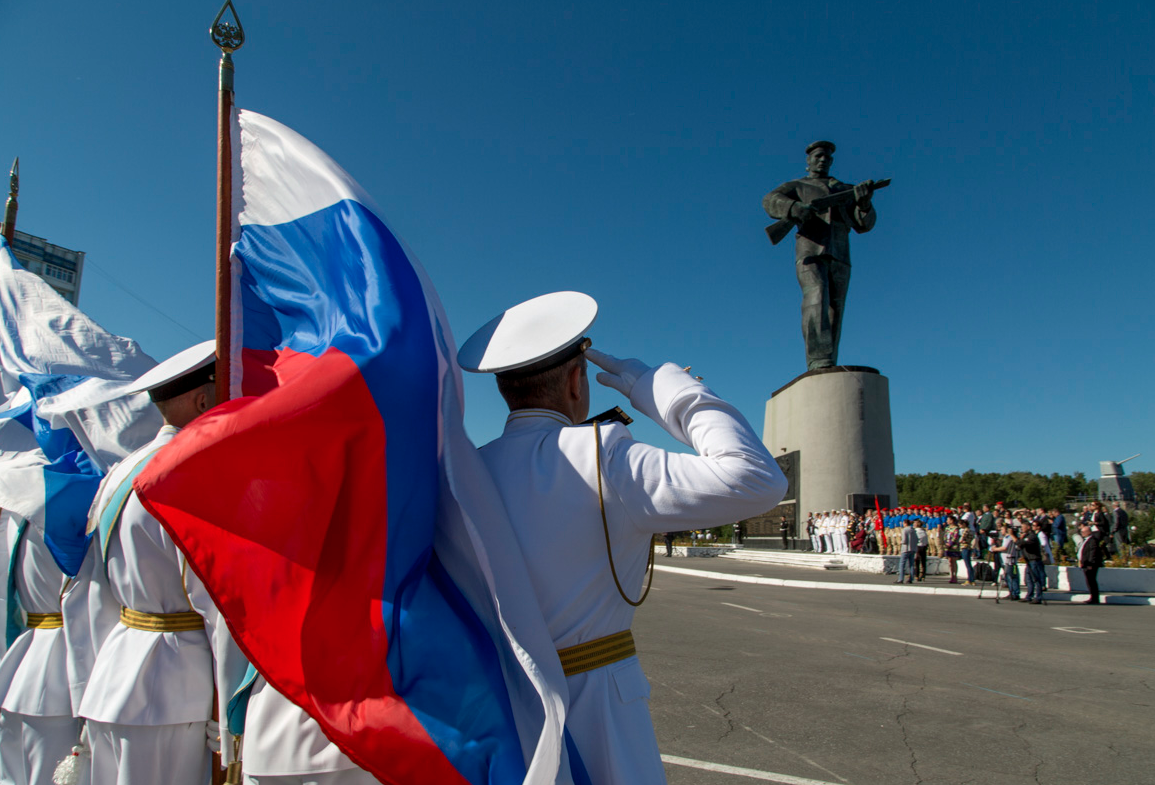 Photo Courtesy of the Ministry of Defense of the Russian Federation
Photo Courtesy of the Ministry of Defense of the Russian Federation
The Russian Military’s Professionalization Problem
Last week fourteen Russian sailors died due to an uncontrollable fire aboard a deep-water research submersible. The Russian Defense Ministry reported that the vessel had been measuring sea depths, and was deployed from the port of Severomorsk, the Russian Northern Fleet’s central base. Russian authorities’ unwillingness to discuss the incident has prompted comparisons to the Chernobyl disaster of 1986. It is also the most recent demonstration of a problem plaguing the Russian military: its struggle to modernize technologically and professionally.
The Technological Problem
The Defense Intelligence Agency’s 2017 report on Russian military power noted a deterioration of the Russian armed forces in the past three decades, and in particular the Navy. Russia entered the 21st century with a military that was almost entirely dependent on Soviet-era equipment.
In comparison to the U.S., Russia is struggling to keep up in the race to equip its military with 21st century technology. The Russian armed forces use “legacy hardware” left over from Soviet and pre-Soviet years. Russia lacks proficiency in much modern weaponry, such as drones, electronic components, and satellite reconnaissance. The result of these deficiencies is that the Russian military possesses long-range weapons and missiles, but given the weakness of their reconnaissance capabilities, guiding those missiles to their targets is difficult.
Embargoes from Western countries on technology such as dual-use satellites after the 2014 Crimean crisis worsened the problem, since they forced Russia to attempt to modernize internally. Analysts have noted that modernization of military equipment in Russia faces obstacles such as decline in research & development funding, defense industry structural deficiencies, low labor productivity, and weak quality control systems. But the most pressing concern seems to be human and cultural rather than technological.
The Human Problem
The hardware issues aside, the most significant problem for the Russian military today is a lack of professionalism. Professionalizing the Russian military has been a topical issue for nearly two decades, and can be partly credited to a long history of relying on conscription. In 2001, Putin approved a plan to transition to a contract-based army by 2010, later adding that economic growth was needed for this switch to take place. According to statements made this April, Putin seems to be revamping efforts to do away with conscription. He commented that “due to the increasing complexity of military equipment, only professionals can manage it.”
But the promise to move away from conscription has yielded slow progress. Currently, the ratio of draftees to contracted soldiers is roughly 7:10, and a one-year (cut from two years in 2006) draft is still mandatory for all Russian males aged 18 to 27. A rapid transition to a professional Russian force is unlikely due to the challenges of covering the country’s huge territory. Furthermore, since contracted soldiers are paid significantly more than draftees, professionalization will have far-reaching implications for the Russian economy.
In 2008, Russian leaders announced the “New Look” program aiming to reform the Russian military into a mobile and flexible force capable of rapid readiness formation. This campaign signaled a push for doctrinal change in order to adapt to modern warfare.
However, while high-level strategy may be evolving to fit the needs of today’s challenges, the ubiquity of accidents and widespread lack of professionalism shows a Cold-War holdover in the culture of the Russian military. This is most evident in the extreme hazing process endured by new soldiers. Called “dedovshchina,” the open secret of violence and abuse in training has been the subject of international scrutiny by news outlets and organizations like Human Rights Watch. The brutal yet traditional hazing system killed 16 soldiers directly in one year, driving a further 276 to suicide. The fact that dedovshchina persists shows the difficulty of shifting entrenched Russian military culture towards professionalism.
Accidents such as last week’s fire reveal the dangerous potential of inadequate training, a lack of long-term servicemembers, and problematic internal culture. The government’s reticence regarding accidents—seen in their secrecy about the submersible, as well as in 2000 after the Kursk submarine disaster—makes broad internal reform unlikely.
International Implications
Last week’s fire is only the latest example of inadequacies in the Russian military’s struggle to modernize and professionalize. In June, a Russian destroyer came within 50 meters of colliding with USS Chancellorsville, prompting accusations of Russian sailors’ “unsafe and unprofessional” behavior. A combination of inadequate training or low safety standards is likely to blame for this incident, as well as last week’s. Without more serious focus on professionalization and modernization the probability of more accidents or collisions in international waters and airspace is likely to increase―and could lead to unintentional escalation.





